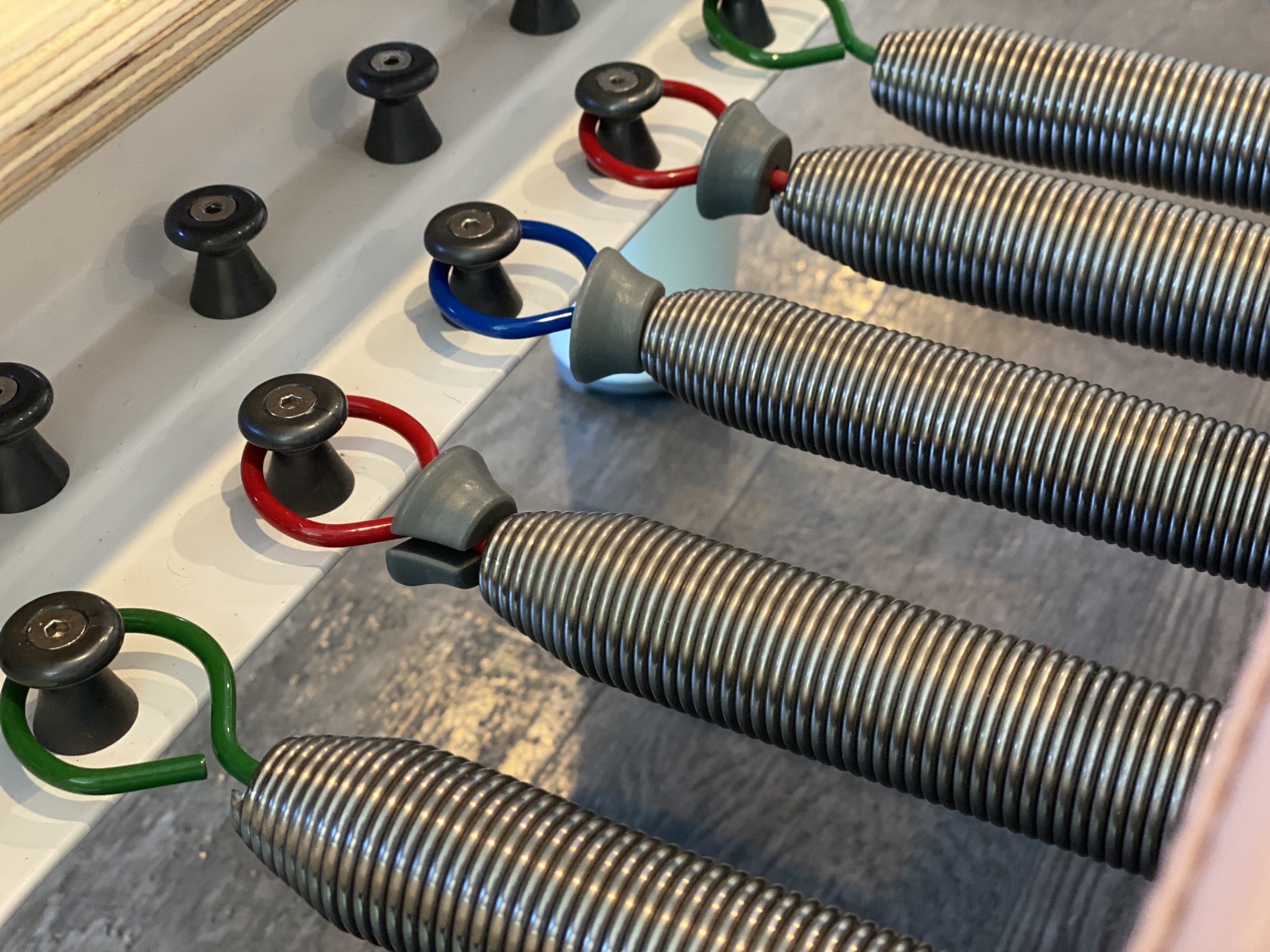Exploring the Pilates Legacy: Who is Joseph Pilates?
In the vast landscape of fitness and wellness, few names resonate as deeply and enduringly as that of Joseph Pilates. Today, Pilates isn’t just a popular form of exercise; it’s a testament to the vision of a man whose life’s work has inspired a global movement. This deeper look into Joseph Pilates’ life and legacy reveals how a frail child from Germany became the progenitor of a fitness revolution, continuing to influence millions worldwide.
As you read this article you will notice that we have purposefully not used original images of Joseph Pilates. There are a select few who wish to profit off of Pilates work and aggressively sue for images that are currently in public domain. You can check out the Pilates Transparency Project here to view images that have been caught up in this battle. For Pilates of Charleston, we just love sharing the method and would rather stay out of the mess… But it is an interesting drama that is still unrolling!
Group Class
Joining a group Pilates class is a fantastic way to stay motivated and enjoy the camaraderie of others on the same fitness journey! Each session not only helps improve your flexibility and core strength but also connects you with a community that supports each other’s wellness goals. Sign up today, and experience the transformative power of Pilates in a fun, encouraging group setting!

Private Session
Looking for a personalized experience? Schedule your private session today.
The Early Years: Building Strength Against All Odds
Joseph Pilates was born on December 9, 1883, in Mönchengladbach, Germany, into a working-class family. His father, a prize-winning gymnast, and his mother, a naturopath, undoubtedly influenced his lifelong fascination with physical health. However, Joseph’s childhood was marred by sickness; he suffered from asthma, rickets, and rheumatic fever, which left him physically weaker than his peers.
Refusing to be defined by his physical limitations, Joseph dedicated himself to improving his body through gymnastics, bodybuilding, and even martial arts like jiu-jitsu and boxing. By the age of 14, he had transformed himself so radically that he was posing for anatomical charts. Pilates’ early experiences with illness and his journey to health profoundly shaped his beliefs about the efficacy of targeted physical training.
The Formative Years: Pilates’ Method Takes Shape
In 1912, Pilates moved to England, working as a circus performer, boxer, and self-defense instructor at police schools and Scotland Yard. However, his life took a dramatic turn with the onset of World War I. As a German national in England during the war, Pilates was interned as an “enemy alien” with other German citizens. It was during his internment that he began refining and teaching his revolutionary fitness concepts.
The interment camps, far from breaking his spirit, served as incubators for his ideas. Observing the unhealthy conditions and the physical deterioration of his fellow internees, Pilates began to implement his regimen of physical exercise, which he enriched with elements borrowed from yoga and the natural movements of animals, particularly the fluidity of cats. He devised rudimentary equipment to aid in these exercises, famously using bed springs and beer keg rings to create resistance exercise apparatuses. This ingenuity laid the groundwork for his later equipment designs and his comprehensive approach to physical fitness, which he called “Contrology.”

The New York Years: Pilates and Contrology Flourish
After the war, Pilates briefly returned to Germany, where his reputation as a fitness expert grew. However, political tensions and limited opportunities in post-war Germany led him to the United States. In 1925, Pilates emigrated to America, meeting his future wife Clara along the way. Together, they opened the first Pilates studio in New York City in 1926, located in the same building as the New York City Ballet.
The studio became a hub for dancers, actors, and later, the elite of New York society. Pilates’ method appealed particularly to dancers and performing artists because of its focus on core strength, flexibility, and rehabilitation. Notables such as George Balanchine and Martha Graham became devotees, regularly sending their dancers to Pilates for training and recovery from injuries.
The Development of Pilates Equipment and Philosophy
Joseph Pilates was an inventor at heart, continuously refining and expanding his methods. Over his career, he developed more than 600 exercises and numerous pieces of equipment, including the Pilates Reformer, Cadillac, Wunda Chair, and Spine Corrector. His inventions were born out of necessity and were designed to improve technique, enhance flexibility, and boost the rehabilitation process.
His philosophy of Contrology was based on the idea of muscle control — not merely performing exercises but performing them with the correct form, concentration, and breathing. Pilates believed that mental and physical health were interrelated, and his method emphasized precision, balance, and harmony between mind and body.
Legacy and Continuation: The Pilates Method Today
Joseph Pilates passed away in 1967, but his method has not only endured but flourished. Pilates’ teachings were carried on by a devoted group of students, known as the Pilates Elders, who continued to teach and adapt the method. Today, Pilates studios can be found worldwide, and the method is a staple in the fitness routines of millions of people, from fitness enthusiasts to professional athletes.
His writings and apparatus have survived the test of time, with many modern practitioners using Pilates’ original books, “Your Health” and “Return to Life through Contrology,” as guides. His approach to health and fitness was holistic, focusing on the overall wellbeing of the individual, a concept that is increasingly resonant in our contemporary world.
Moving Forward: The Enduring Impact of Joseph Pilates
Joseph Pilates’ life was a journey from weakness to strength, from obscurity to lasting impact. His philosophy transcends the practice of exercise, encouraging a balanced, mindful approach to health that is as relevant today as it was during his lifetime. The story of Pilates is not just about a set of exercises; it’s about the transformative power of persistence, innovation, and the belief in the potential of the human body and mind to overcome adversity.
As we continue to face health and wellness challenges in our own lives, the principles laid down by Joseph Pilates remind us that our capacity for change and growth is boundless. Pilates’ legacy is not just in the exercises he crafted or the equipment he invented; it’s woven into the lives of every individual who practice and build on his method, a testament to the enduring power of his visionary approach to fitness and health.

